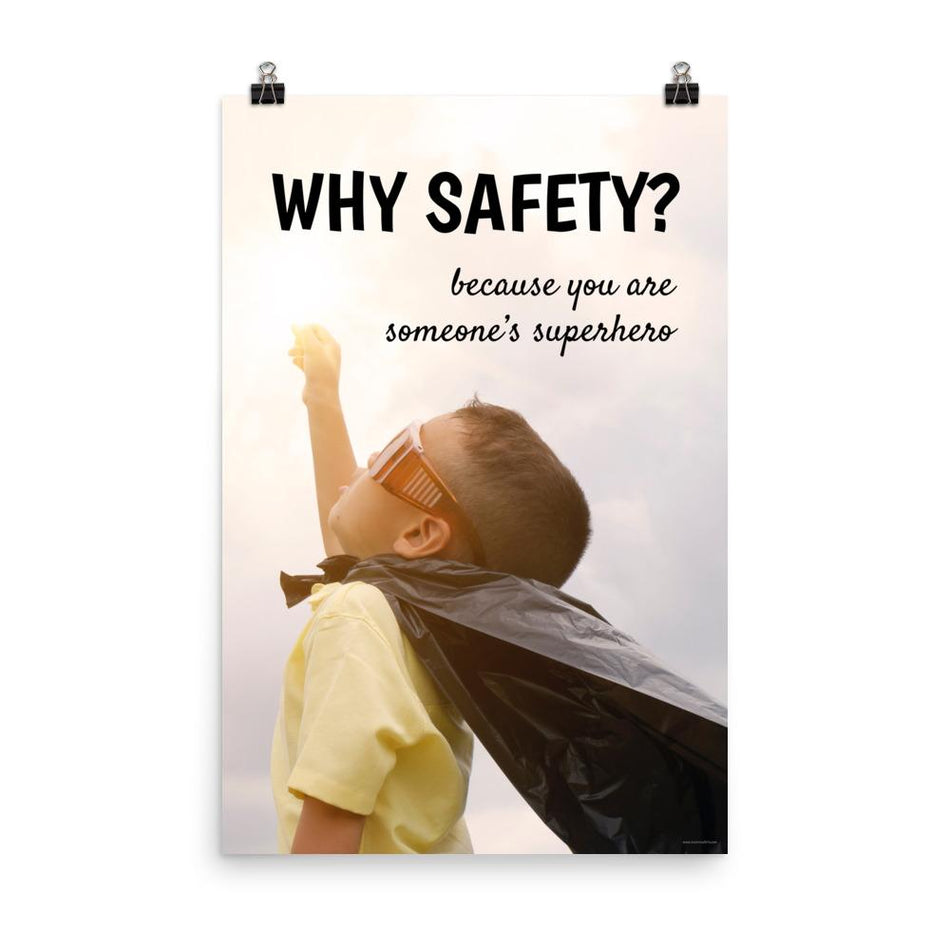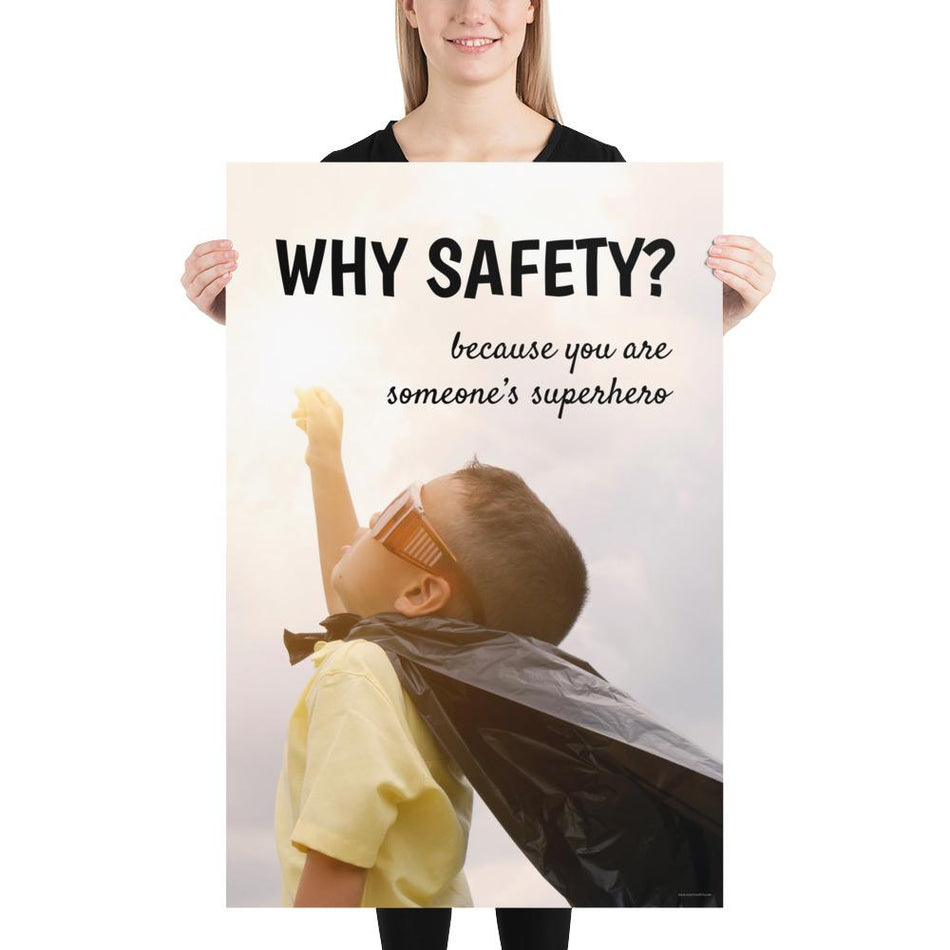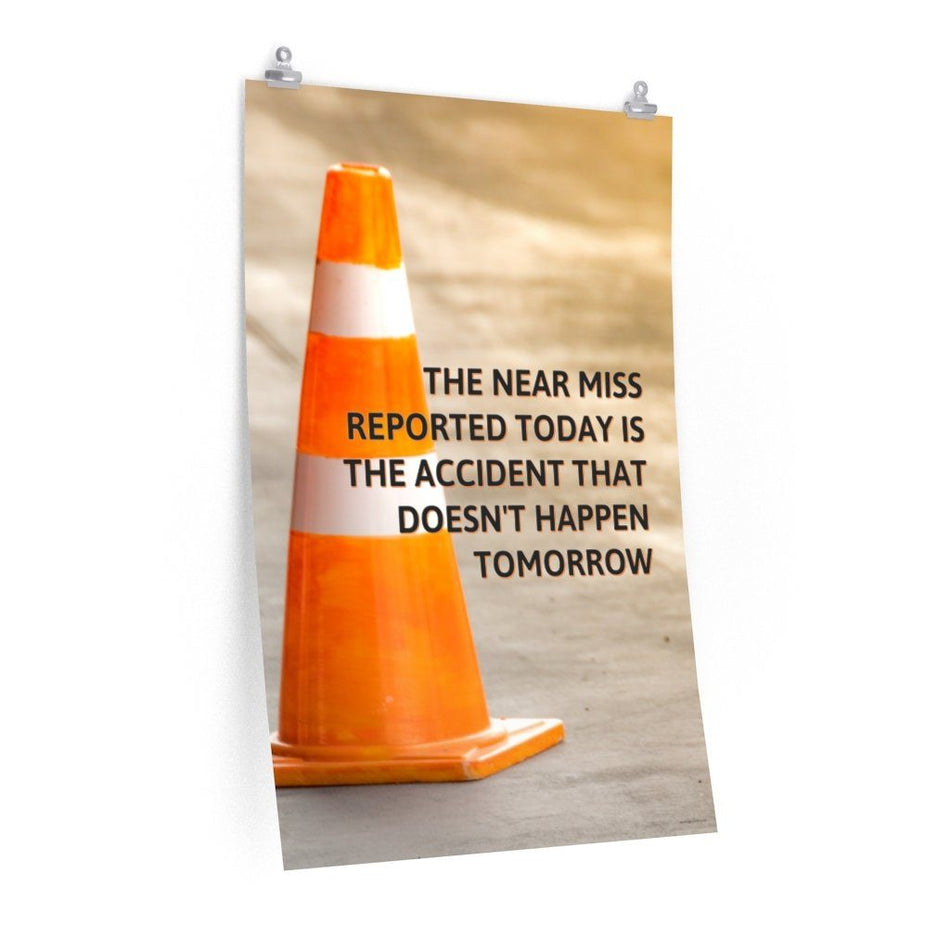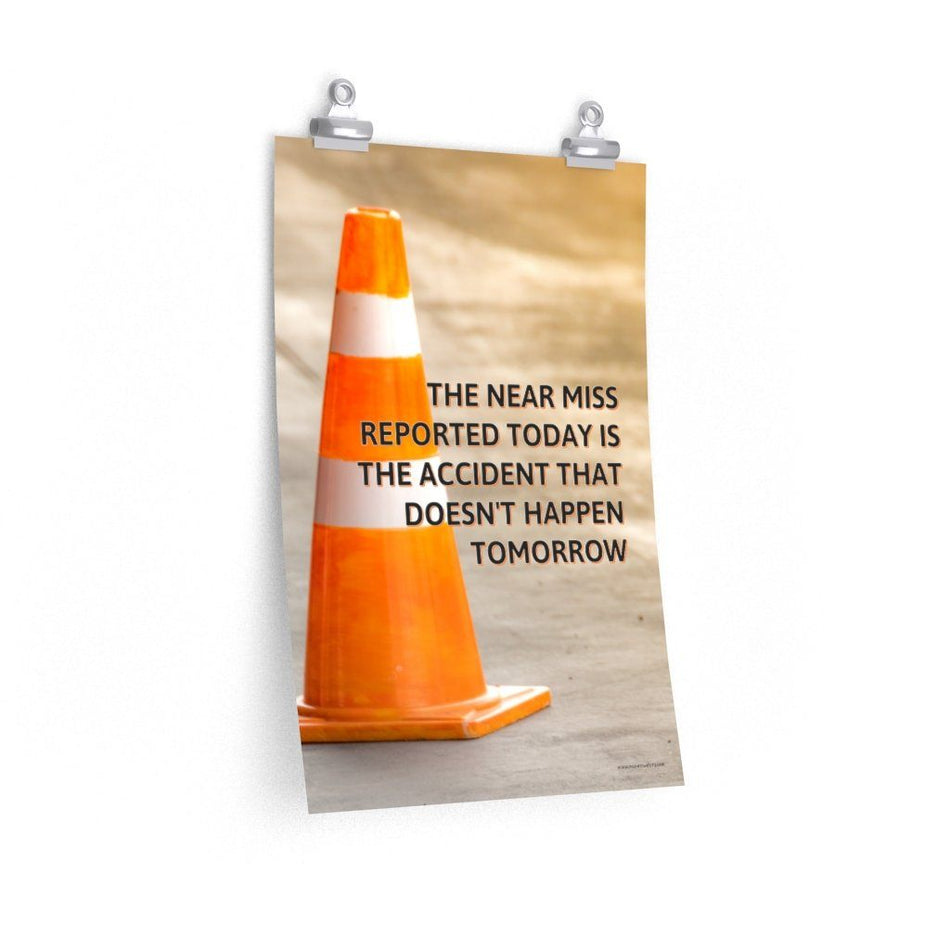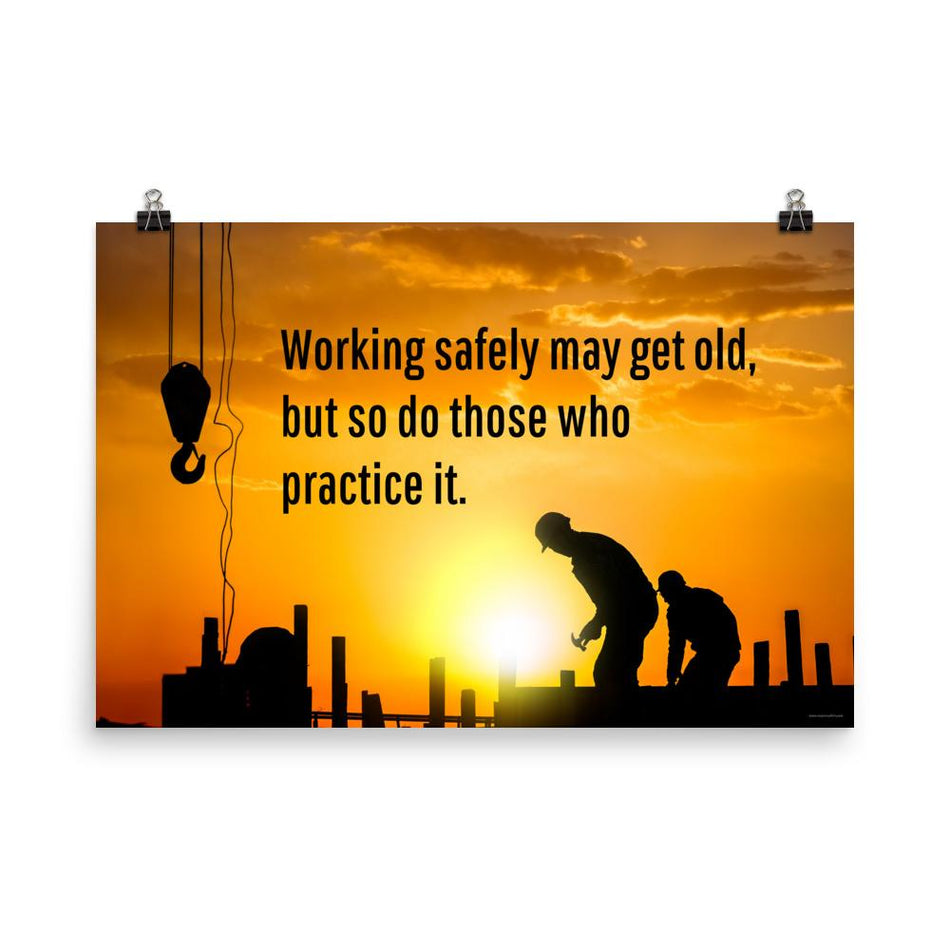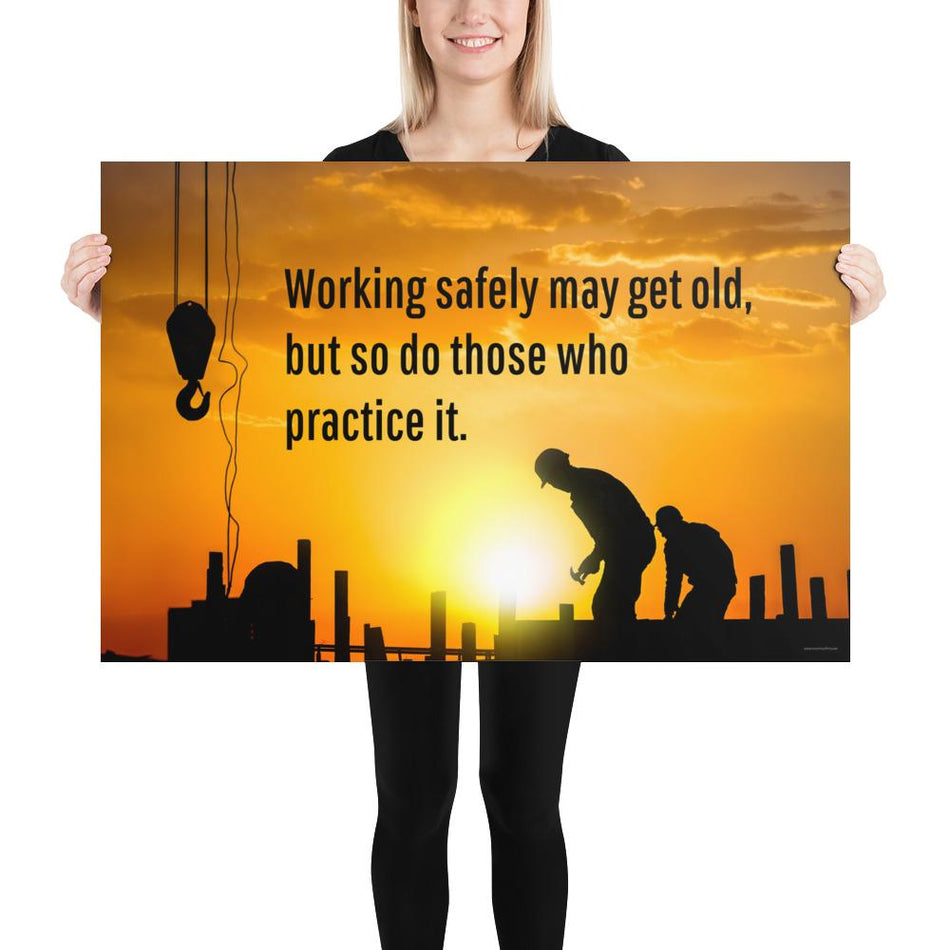The United States is highly susceptible to various disasters. Many states face multiple hazards, including wildfires, earthquakes, hurricanes, tornadoes, and landslides. In 2018 alone, the nation experienced 56 severe thunderstorms, 20 flash floods, 5 cyclones, and 16 wildfires, that caused over $25 million in property damage.
Disasters can take many forms, and construction sites must be well-prepared to face them. Without sufficient disaster preparedness, both your business and your construction employees are at significant risk. Here are some essential disaster preparedness tips to help minimize damage to your construction site.
1. Identify Potential Disaster Scenarios
When developing an emergency response plan, start by identifying worst-case scenarios relevant to your construction site. Analyze the geographic location to determine possible hazards, such as proximity to fault lines or flood-prone areas. Consider internal hazards, like chemicals and flammable materials, that could also pose risks. Compile these potential scenarios and assess the vulnerabilities of your site. Evaluate the impact each scenario could have on your construction site and company.
2. Develop a Comprehensive Disaster Preparedness Plan
For each identified scenario, create an emergency response plan detailing how you and your workers will respond to such disasters. Identify areas on the construction site that need reinforcement, such as generators, cranes, and other heavy equipment that might be affected by hurricanes or earthquakes. Assign responsibilities to key individuals to ensure smooth communication and decision-making during an emergency.
3. Establish a Command Post and First-Aid Station
Effective communication and decision-making are crucial during a disaster. Establish a central command site that workers can refer to for guidance. This command post should be in a location least likely to be affected by disasters. Equip the command post with radios for communication, site layouts and blueprints to assist first responders, a list of employees and their contact information, and backup power supplies. Additionally, set up a first-aid station with essential medical supplies, such as first-aid kits and bandages, to handle injuries.
4. Train Your Employees in Disaster Preparedness
Beyond reinforcing the site, it is essential to train your workforce on handling emergencies. Conduct regular briefings on evacuation procedures and protocols to follow during a disaster. Offer safety training, such as fire prevention and CPR, to ensure your employees are well-prepared. Collaborate with local safety organizations, like the fire department, which can facilitate training sessions for your crew.
A well-prepared construction site stands resilient against unforeseen events, ensuring continuous operations and minimal disruption. The investment in disaster preparedness pays off through enhanced safety, reduced damage, and swift recovery, making it an indispensable component of your overall project planning.
As the frequency and intensity of disasters continue to rise, prioritizing preparedness today is the key to securing a safer and more resilient tomorrow. Remember, the safety and preparedness measures you implement now will form the foundation of your construction site’s ability to withstand and recover from any disaster that may come its way. Take action now to build a safer, more secure future for your construction projects and workforce.




